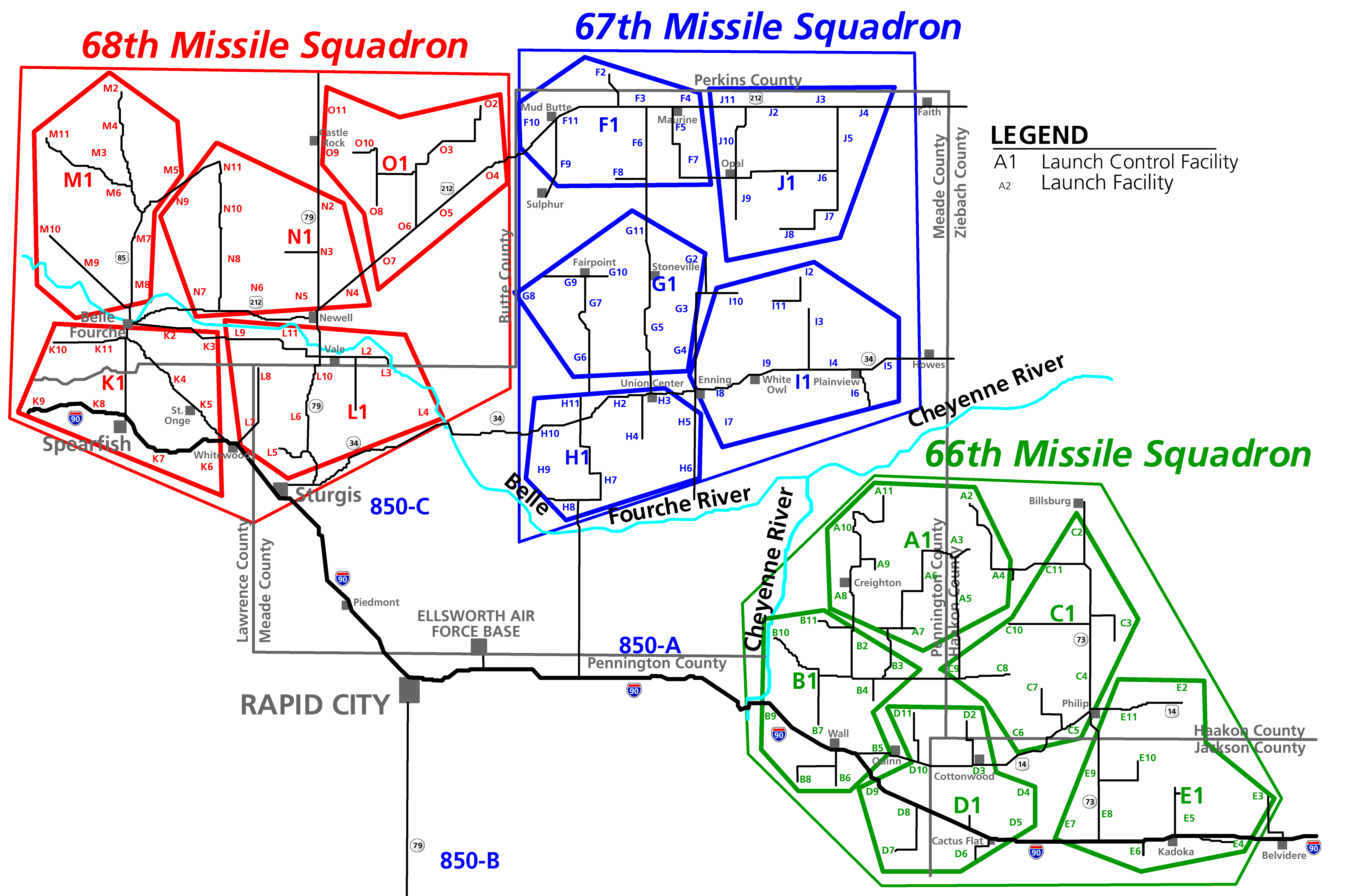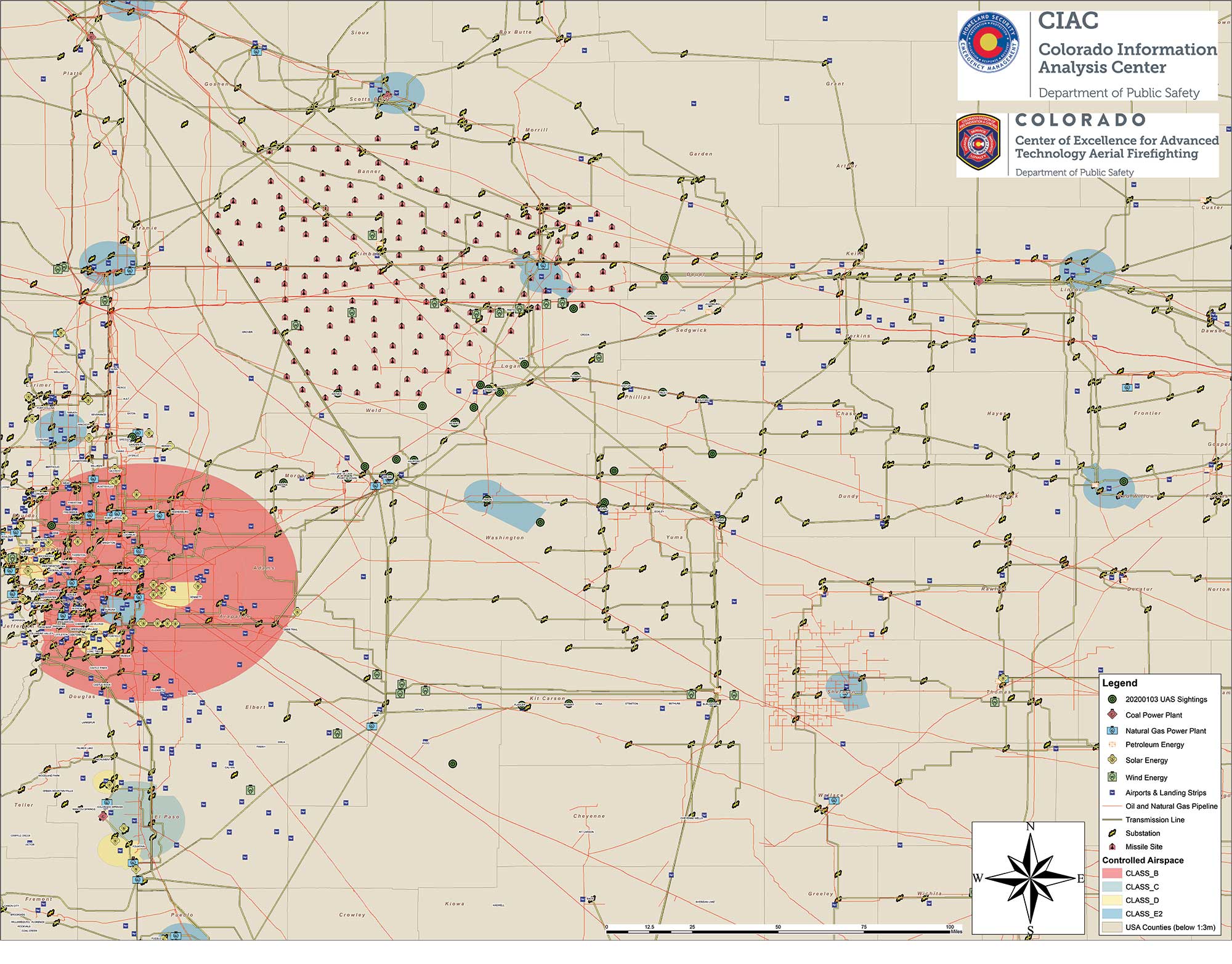Unveiling The Secrets Of Missile Silos In Kansas: A Closer Look
Imagine this: beneath the vast plains of Kansas lies a hidden world that shaped modern history. Missile silos in Kansas are more than just relics of the Cold War; they're symbols of an era when the world teetered on the brink of nuclear conflict. These underground structures, once shrouded in secrecy, now serve as reminders of humanity's capacity for both destruction and resilience. As we delve deeper into their history, purpose, and current state, you'll discover why these sites remain relevant in today's geopolitical landscape.
When people think of Kansas, images of rolling fields, tornadoes, and Dorothy from The Wizard of Oz often come to mind. But there's another side to this Midwestern state that many overlook. During the height of the Cold War, Kansas became a strategic hub for missile silos—underground facilities designed to house intercontinental ballistic missiles (ICBMs). These silos were part of a massive defense network meant to deter Soviet aggression. Today, they stand as historical landmarks, offering insights into one of the most tense periods in human history.
So why should you care about missile silos in Kansas? Beyond their historical significance, these sites play a role in understanding global security dynamics. They highlight the intricate balance between deterrence and diplomacy, reminding us how fragile peace can be. In this article, we'll explore everything you need to know about these fascinating structures while answering questions like: What purpose did they serve? How were they built? And what happens to them now?
Understanding the Role of Missile Silos in Kansas
To truly grasp the importance of missile silos in Kansas, we must first understand their role during the Cold War. These underground facilities were designed to house Minuteman missiles, a type of ICBM capable of delivering nuclear warheads across continents. The idea was simple yet terrifying: if one country launched a nuclear attack, the other could retaliate instantly, ensuring mutual destruction. This concept, known as Mutual Assured Destruction (MAD), kept both sides from initiating conflict.
But why Kansas? Geography played a crucial role. Located in the heart of the United States, Kansas offered strategic advantages. Its central location made it harder for enemy forces to target, while its vast open spaces provided ample room for constructing silos without drawing attention. Plus, the stable geological conditions ensured the structures could withstand potential attacks. These factors combined to make Kansas an ideal location for missile silos.
Let's break down the key reasons:
- Central geographic position
- Vast open spaces for construction
- Stable geological conditions
- Strategic distance from potential threats
How Missile Silos Were Constructed
The construction of missile silos in Kansas was no small feat. Each silo required meticulous planning and execution, involving thousands of workers and cutting-edge technology for its time. The process began with extensive site surveys to ensure the chosen location met all requirements. Once approved, massive excavation efforts commenced, digging deep into the earth to create the necessary depth for the silo.
Structurally, missile silos were marvels of engineering. They consisted of reinforced concrete walls several feet thick, designed to withstand immense pressure. Inside, the silos housed the missile itself, along with sophisticated control systems and communication equipment. Security measures were top-notch, with multiple layers of protection to safeguard against unauthorized access or sabotage.
Engineering Marvels Beneath the Surface
What made these silos truly remarkable was their ability to function autonomously. In the event of a nuclear strike, they were designed to operate independently, receiving commands directly from command centers. This level of redundancy ensured that even if communication lines were severed, the silos could still fulfill their mission. It's worth noting that the technology used back then laid the foundation for modern missile systems still in use today.
Life Inside a Missile Silo: The Human Element
While missile silos may seem like impersonal structures, they were manned by dedicated personnel who lived and worked within their confines. These individuals, often members of the U.S. Air Force, played a critical role in maintaining readiness and ensuring the system functioned as intended. Life inside a silo was anything but glamorous, requiring long hours of vigilance and adherence to strict protocols.
Crews typically worked in shifts, spending days at a time underground. Their primary responsibility was monitoring the missile's status and responding to any anomalies. Communication with the outside world was limited, adding to the isolation. Despite the challenging conditions, those stationed in missile silos took immense pride in their work, knowing they were part of something much larger than themselves.
A Day in the Life of a Missile Silo Crew
Here's a glimpse into what a typical day might look like for a missile silo crew:
- Shifts lasting 24 hours or more
- Constant monitoring of equipment
- Regular maintenance checks
- Participation in drills and simulations
- Limited interaction with the outside world
The Decline of Missile Silos in Kansas
As the Cold War came to an end, the need for missile silos diminished. Treaties such as the Strategic Arms Reduction Treaty (START) led to the decommissioning of many silos, including those in Kansas. While some were dismantled entirely, others found new purposes. Today, several former missile silos have been converted into museums or private residences, offering unique glimpses into their storied pasts.
However, the legacy of these silos remains. They serve as reminders of a time when the world lived under the constant threat of nuclear war. By preserving these sites, we ensure that future generations can learn from history and strive for a more peaceful world.
What Happens to Decommissioned Silos?
Decommissioned missile silos face various fates depending on their condition and location. Some are repurposed into:
- Museums showcasing Cold War history
- Private homes for those seeking unique living spaces
- Storage facilities for businesses or governments
- Research centers for scientific experiments
Modern Implications of Missile Silos
Even though the Cold War has ended, the lessons learned from missile silos in Kansas remain relevant today. Global tensions continue to exist, and the threat of nuclear conflict hasn't entirely disappeared. Understanding the history and purpose of these silos helps us appreciate the importance of diplomacy and arms control agreements.
Moreover, the technology developed during the era of missile silos has paved the way for advancements in modern defense systems. From precision guidance to cybersecurity measures, much of today's military technology owes its existence to innovations born out of necessity. As we look to the future, it's essential to remember the past and apply its lessons wisely.
Lessons Learned from Missile Silos
Here are a few key takeaways from the history of missile silos:
- Importance of international cooperation
- Need for transparency in military capabilities
- Value of investing in cutting-edge technology
- Significance of maintaining open communication channels
Visiting Missile Silo Sites in Kansas
For history enthusiasts and curious travelers alike, visiting former missile silo sites in Kansas offers a unique experience. Several locations have been preserved and opened to the public, providing insights into their operations and significance. Guided tours are available, allowing visitors to explore the facilities and learn from knowledgeable guides.
One notable site is the Kansas Cosmosphere and Space Center, which features exhibits related to missile silos and the broader context of the Cold War. Another option is the Minuteman Missile National Historic Site, located nearby in South Dakota but closely tied to Kansas' missile silo history. These destinations make for fascinating day trips or additions to any road trip itinerary through the region.
Tips for Visiting Missile Silo Sites
Planning your visit to missile silo sites involves a few considerations:
- Check opening hours and tour schedules in advance
- Wear comfortable shoes suitable for walking
- Bring a camera to capture memorable moments
- Prepare questions to ask knowledgeable guides
Conclusion: Reflecting on Missile Silos in Kansas
Missile silos in Kansas represent more than just relics of the past; they symbolize humanity's resilience and ingenuity in the face of adversity. From their construction to their eventual decommissioning, these structures tell a compelling story that resonates with anyone interested in history, technology, or global security. By exploring their significance, we gain valuable insights into the complexities of modern warfare and the importance of peaceful resolution.
So next time you find yourself driving through Kansas, take a moment to appreciate the hidden history beneath the surface. Visit one of the many preserved sites, engage with knowledgeable guides, and reflect on the lessons learned from this fascinating chapter in our collective past. And remember, knowledge is power—share what you've learned with others and encourage them to explore the world around them.
Don't forget to leave a comment below sharing your thoughts on missile silos in Kansas. Have you visited any of these sites? What surprised you most about their history? Let's keep the conversation going and continue learning together!
Table of Contents
- Unveiling the Secrets of Missile Silos in Kansas: A Closer Look
- Understanding the Role of Missile Silos in Kansas
- How Missile Silos Were Constructed
- Life Inside a Missile Silo: The Human Element
- The Decline of Missile Silos in Kansas
- Modern Implications of Missile Silos
- Visiting Missile Silo Sites in Kansas
- Conclusion: Reflecting on Missile Silos in Kansas
- Engineering Marvels Beneath the Surface
- What Happens to Decommissioned Silos?

Missile Silos In Kansas

Missile Silos In Kansas Map United States Map

Colorado Missile Silos Map Tulsa Zip Code Map